Results
-
 £47.50
£47.50First Concepts Warm-ups - Larry Norred
This is one or the most interesting, useful teaching aids ever developed for beginning bands. It's full of chorales, exercises and rounds, all designed to reinforce concepts you are trying to teach in day to day work. The percussion section gets special emphasis, with parts that will keep the players' attention without being too difficult. The PENTATONIC TECHMIQUE BUILDER section can be used in many ways. Since it is all pentatonic, you can even craft your own approaches using any Orff-style techniques you may prefer.
Estimated dispatch 7-14 working days
-
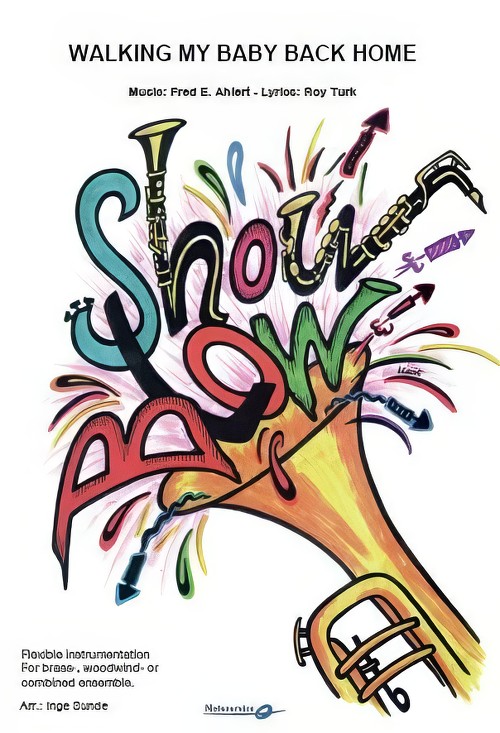 £66.95
£66.95Walking My Baby Back Home (Flexible Ensemble - Score and Parts) - Ahlert & Turk - Sunde, Inge
One of the most recent versions recorded of this is from 2008, with Natalie Cole singing a virtual duet with her father, Nat King Cole, who made the song a hit more than 50 years earlier, in 1952. The song was composed in 1930 by Roy Turk and Fred E. Ahlert, two famous songwriters in the big band, swing and jazz music of the time. The song was recorded by a large number of artists in the 30s, 40s and 50s, including Louis Armstrong, Bing Crosby, Ella Fitzgerald and Dean Martin.Flexible instrumentation (Flex 5 ShowBlow) makes it playable for small as well as larger ensembles.Duration: 2.45
Estimated dispatch 7-14 working days
-
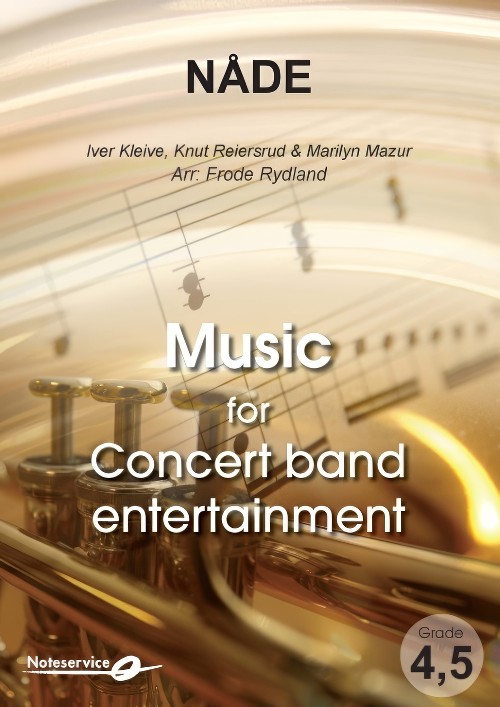 £110.00
£110.00Nade (Concert Band - Score and Parts) - Rydland, Frode
This is the finale from the original soundtrack of the opening ceremony of the XVII Olympic Winter Games in Lillehammer, Norway, 1994. The piece was composed by Knut Reiersrud, Iver Kleive and Marilyn Mazur. It features them all as musicians; Marilyn Mazur (percussion), Knut Reiersrud (guitar) and Iver Kleive (organ) together with Linda ?vreb? (vocals), Odd Lund (piccolo trumpet), Kjell Erik Arnesen (french horn) and The Boys Choir of Oslo Cathedral.
Estimated dispatch 7-14 working days
-
 £76.99
£76.99A Little Tune (Concert Band - Score and Parts) - Doss, Thomas
It's the little things that enrich our lives and bring a smile to our faces: a sunrise, a beautiful memory, a friendly conversation or even just a lovely melody. Hopefully, you'll find this is also true for Thomas Doss' little tune which the composer had written for his wife and youngest son as a souvenir of their road trip through Ireland. Duration: 4.00
Estimated dispatch 7-14 working days
-
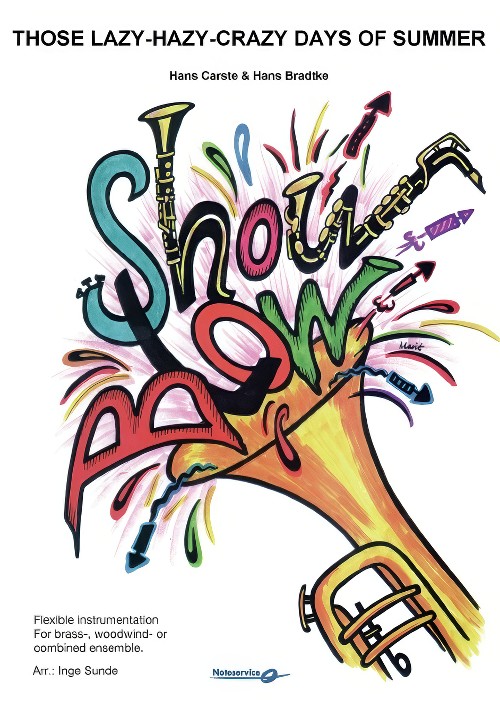 £51.50
£51.50Those Lazy-Hazy-Crazy Days of Summer (Flexible Ensemble - Score and Parts) - Bradtke & Carste - Sunde, Inge
Nat King Cole was an American singer and jazz pianist. He recorded over 100 songs that became hits, and this is one of his latest, recorded in 1963 and still a summer hit on the radio. A perfect choice for the outdoor concerts!Flexible instrumentation (Flex 5 ShowBlow) makes it playable for small as well as larger ensembles.Duration: 3.00
Estimated dispatch 7-14 working days
-
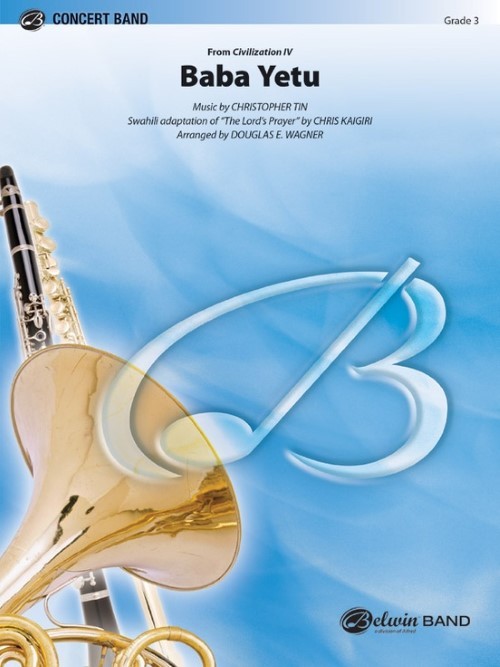 £70.00
£70.00Baba Yetu (Concert Band - Score and Parts) - Tin, Christopher - Wagner, Douglas E.
Composed for the video game, Civilization IV, the song quickly garnered attention outside of its originally intended audience, and in February of 2011 it won a Grammy Award for the Best Instrumental Arrangement Accompanying Vocalists category. This is a dramatic and moving setting that will enjoy acclaim as serious music for generations of gamers and non-gamers alike.Duration: 3:30
Estimated dispatch 7-14 working days
-
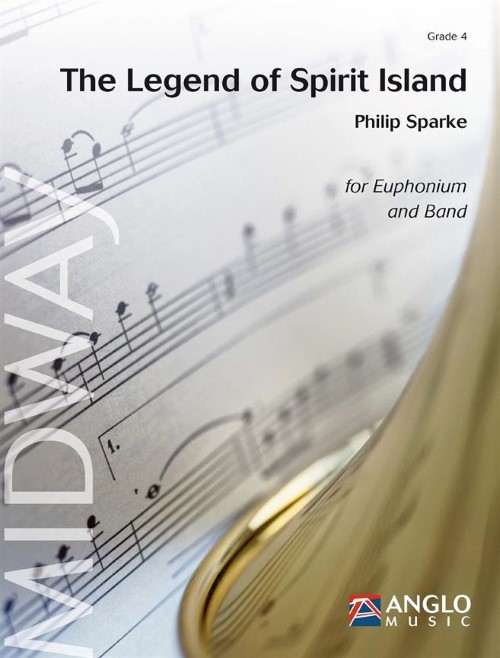 £152.99
£152.99The Legend of Spirit Island (Euphonium Solo with Concert Band - Score and Parts) - Sparke, Philip
The Legend of Spirit Island was commissioned by the Twin Ports Wind Orchestra, Duluth, Minnesota (Mark Whitlock, conductor), to honour the euphonium player, Dick Carlson. The piece takes its title from a local legend about Spirit Island, which lies in a gap of the St. Louis River called Spirit Lake. The legend tells the story of Chaska, the son of a Dakota Chief, and Wetona, the daughter of Ojibwe Chief Buckado. He was handsome and she was beautiful; it wasn't long before they fell in love. This is a challenging euphonium solo in which the versatile soloist can explore very expressive melodic sequences, as well as energetic, technical sections. Duration: 8.00
Estimated dispatch 7-14 working days
-
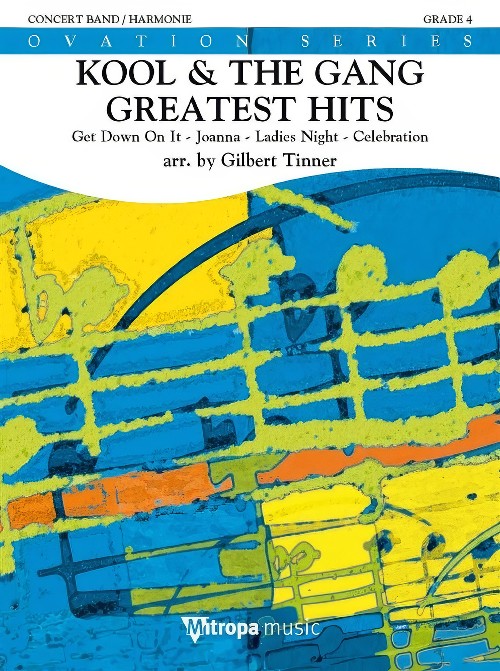 £118.99
£118.99Kool and the Gang Greatest Hits (Concert Band - Score and Parts) - Tinner, Gilbert
Top music arranger, Gilbert Tinner has a great deal of expertise in all styles of entertainment music. He has shared the stage with many famous artists as a musician. This is a groovy arrangement of a few of the greatest hits of Kool and the Gang such as, Joanna, Get Down On It, Celebration and Ladies Night. Get your audience on their feet! Duration: 6.45
Estimated dispatch 7-14 working days
-
 £82.95
£82.95CompleX-2030 (Concert Band - Score and Parts) - Ford, Ralph
The title CompleX-2030 was inspired by the title given to the plan created in 2000 by the National Nuclear Security Administration (NNSA) to modernize nuclear weaponry. The work is a mental 'soundtrack' that the composer generated while reading a book detailing this initiative. It has a variety of innovative techniques and bold sweeping musical statements.Duration: 5:45
Estimated dispatch 7-14 working days
-
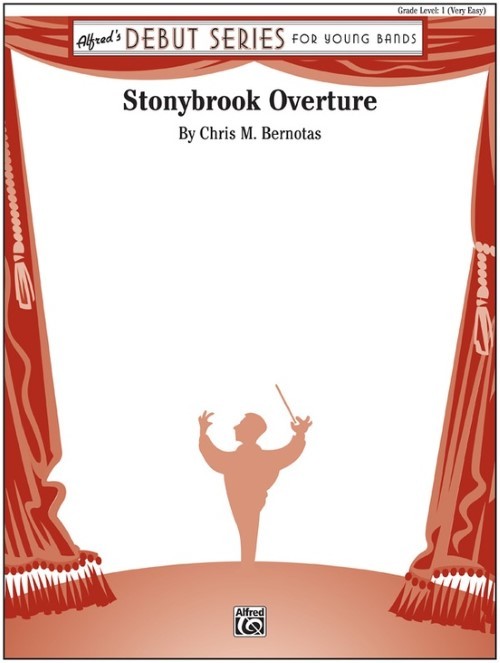 £45.95
£45.95Stonybrook Overture (Concert Band - Score and Parts) - Bernotas, Chris M.
Beginning with a majestic statement, it moves into a legato melody with a lively percussion accompaniment. The melody makes its way around the ensemble with harmonised countermelodies. The piece concludes with a restatement of the festival fanfare and a bold ending. This is a terrific vehicle for students to work on phrasing and articulation.Duration: 2.30
Estimated dispatch 7-14 working days
